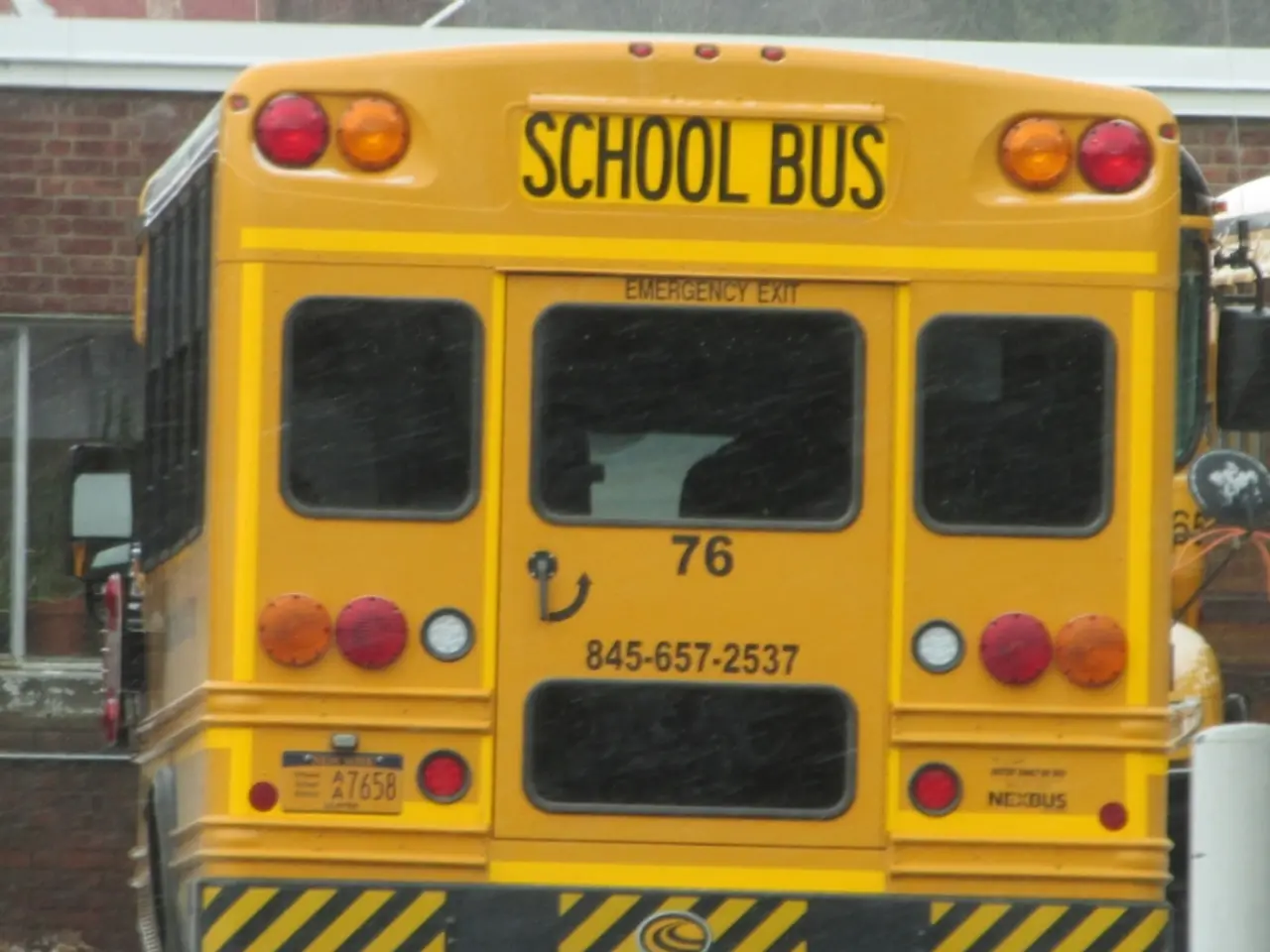Essential Facts About Trump's LatestSchool Voucher Initiative
The Republican megabill, signed into law by President Donald Trump in July 2021, has introduced a significant shift in American education with the creation of the federal tax credit scholarship program. This programme allows donors to contribute to scholarship-granting organisations (SGOs) and receive dollar-for-dollar tax credits up to $1,700 per donation. These SGOs then provide scholarships that families can use for private school tuition, including religious schools, tutoring, uniforms, transportation, and disability services.
Key Rules and Regulations
Eligibility Criteria
To qualify for the scholarships, students must be eligible to attend a public school, and their families must earn no more than three times the area median income. This range varies by county and city and typically includes a broad segment of families.
Funding Limits
The tax credit is capped at $1,700 per individual taxpayer contribution to scholarship-granting organisations each year. However, the overall federal spending on the program is uncapped and expected to cost at least $3 billion annually, increasing over time as usage grows.
Participation Requirements
States may choose to opt into the program on their own timeline, meaning participation is voluntary, not mandatory at the state level. It is not clearly defined which state officials make the opt-in decision. States led by Republicans tend to be more supportive, potentially using this federal tax credit to supplement existing private school voucher initiatives. Democratic-led states consider using flexibility to support public schools or may avoid participation.
Use of Scholarships
Scholarship funds can cover a wide array of educational expenses, primarily focused on private school tuition but also including ancillary supports such as tutoring, after-school programs, and services for students with disabilities.
Program Mechanism
Donors contribute to SGOs and receive the tax credit; SGOs retain up to 10% of the funds for administrative costs and distribute the rest as scholarships to eligible students.
Additional Context
The program reflects a significant step toward national school choice policy but limits state participation and individual tax credit amounts compared to earlier proposals. Critics warn that the program may strain public schools, especially in low-income and rural areas, based on experiences from state-level voucher programs.
In summary, the Republican megabill creates a voluntary, state opt-in, federal tax credit voucher program with a $1,700 individual donation credit cap, eligibility set broadly to families up to 300% area median income, and funds usable for private education and related expenses. States and private schools must navigate the opt-in process, and scholarship-granting organisations will administer scholarship distribution. The overall federal funding is uncapped and likely to grow significantly over time.
- The federal tax credit scholarship program, introduced by the Republican megabill in 2021, allows families earning no more than three times the area median income to use scholarships for private school tuition, tutoring, uniforms, transportation, and disability services.
- This program, focused on private education and related expenses, allows donors to receive dollar-for-dollar tax credits up to $1,700 per donation, with the overall federal spending on the program expected to cost at least $3 billion annually.
- States have the option to participate in this program, and participation is voluntary at the state level, with Republican-led states potentially using the federal tax credit to supplement existing private school voucher initiatives.
- Funding for special education and other primary educational expenses in public schools could be affected by the growth of charter schools and the shift towards education-and-self-development in the wake of this federal tax credit scholarship program, creating potential inequality in the education system and sparking ongoing debates in the realm of politics and general-news.




